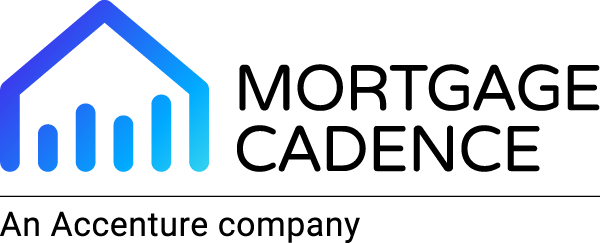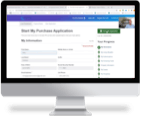There are rules for creating a powerful keyword that is hard for a criminal to circumvent. You can mix up your characters, be sure to use special characters, both capital letters and lowercase, add some numbers. When you’re done, you’ll have a strong password that you don’t have a chance of remembering.
What typically happens is that the user will either write down the password and hide it somewhere, top desk drawer or taped to the bottom of their keyboards are some favorites, or rely on other software to remember it for them.
There are problems with both of these tactics. The result is that humans are, once again, the weak link in information security (InfoSec).
One new way technologists are working to get around this problem is, perhaps surprisingly, by doing away with the password altogether.
Defining password-less authentication
The point of user authentication isn’t about testing a person’s memory or ability to hide sensitive information. It’s about making sure the user accessing the system is who they say they are and has permission to do so.
So, what if we could focus less on strong passwords and more on figuring out how to authenticate a user that makes more sense?
Password-less authentication is a method of granting access to a user based on something they have in their possession. It could be a retina, a fingerprint, or a cell phone.
Our developers no longer need to remember (or hide) their passwords. When they request access to the system, a prompt is sent to the user’s cell phone. By allowing the user’s cell phone camera to study their face, the system will know who is accessing the network and make a decision about granting them access.
A future where we authenticate ourselves
We’ve all seen science fiction movies where doppelgangers who look exactly like the story’s heroes fool everyone and create mayhem. Fooling modern technology is very difficult and becoming more so every day.
Password-less authentication is still under development but is already showing great promise. Accenture has been working in this area for some time and we expect to see them hand down some interesting new tools sooner than you may think.
What does it mean for users of MCP, the Mortgage Cadence LOS? It means that we continue to work on making everything we offer our lender partners more secure. Our users are authenticating with passwords today, but we see a future where that will not be the case.
Not only will this make it easier to meet our InfoSec goals, but it will also make things easier for every user of our software.
Want more?
Follow us on LinkedIn to be notified when our next article is released.
Media Contacts
Mortgage Cadence:
Alison Flaig
Head of Marketing
(919) 906-9738



